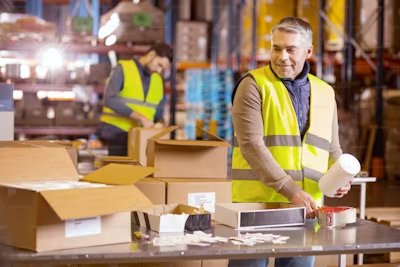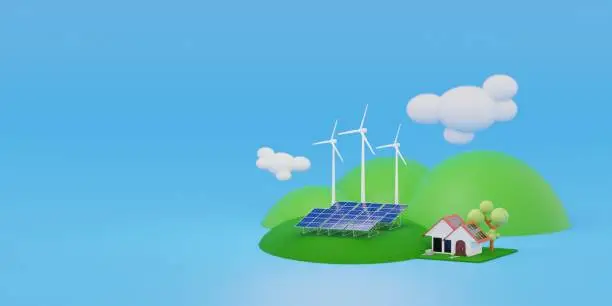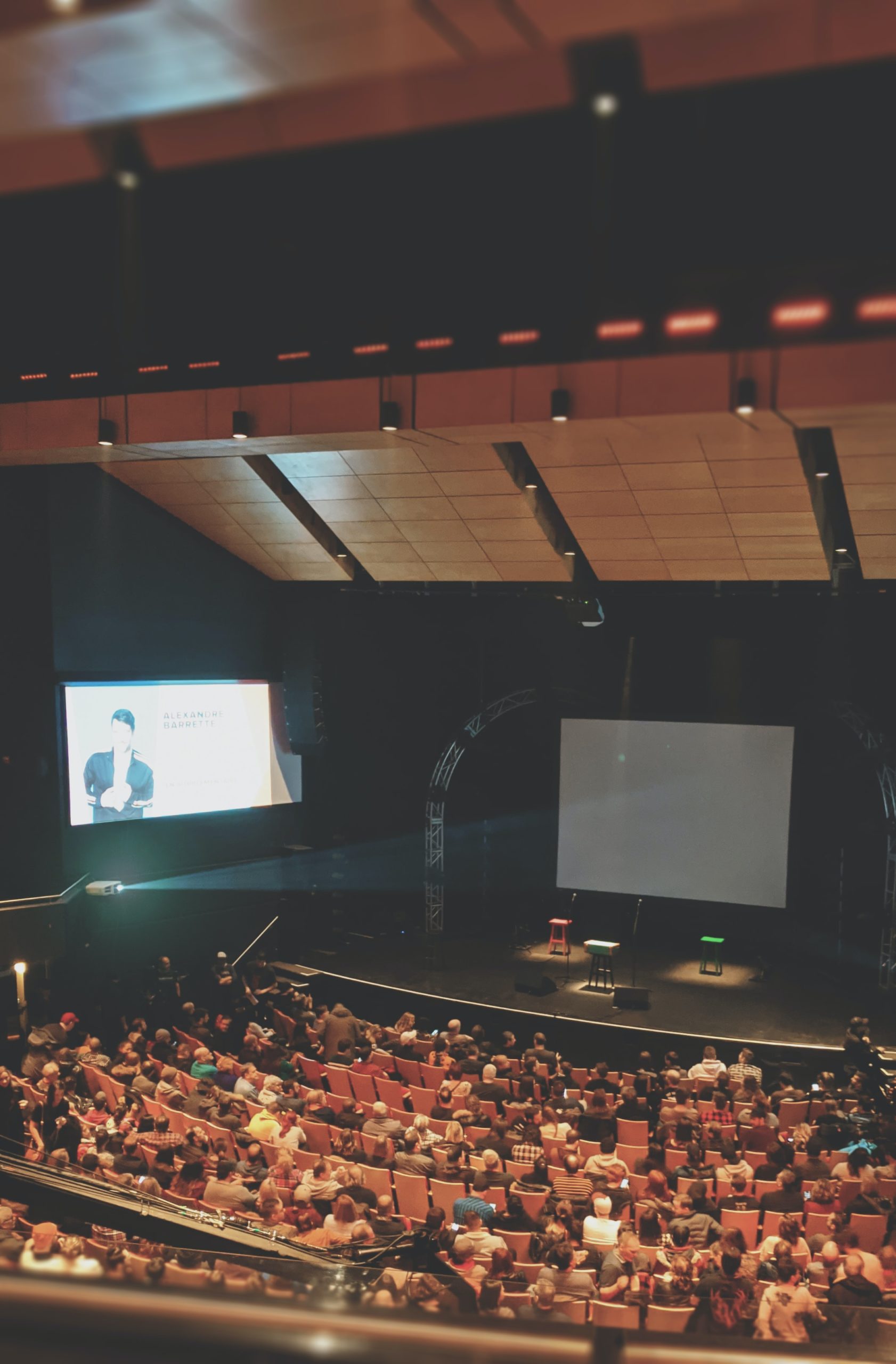In Latvia, the eCommerce market is anticipated to reach US$1,351.00m in 2027 after expanding by 11.52% between 2023 and 2027. The major sector in Latvian e-commerce is electronics and media. After that, fashion. Toys are in third position. Furniture, appliances, food, and personal care make up the last categories. Ss.lv and 1a.lv, two Latvian marketplaces, are popular e-commerce sites among Latvians. Amazon.de has the third-place position. Ebay.co.uk and Amazon.co.uk follow after that.

E-commerce categories in Latvia
Different forms of e-commerce are available in Latvia to meet the demands of diverse markets and customers. Here are a few of the prevalent forms of online trade in the nation:
B2C
B2C (business-to-consumer) internet business alludes to the web-based offer of items or products to specific shoppers. This is the most predominant sort of Web trade in Latvia, where shoppers might buy various things from online dealers, including hardware, attire, and homegrown items.
C2C
Stages for consumer-to-consumer enable individuals to trade items and services among themselves. In Latvia, peer-to-peer marketplace platforms and websites for online classified advertisements are examples of C2C platforms
B2B
Online business-to-business (B2B) exchanges are alluded to as B2B online businesses. This sort of online business is very common in the country. Businesses use online platforms to locate raw materials, parts, or completed products from other businesses.
Web-based markets
Multiple merchants and customers are gathered on one platform through online marketplaces. These marketplaces provide a large range of goods from several vendors, enabling customers to compare costs and choose from multiple choices. Platforms like 1a.lv and Amazon, which are examples of online marketplaces in the nation, feature many vendors providing a variety of product categories.
Digital services
Digital services are also included in Latvian e-commerce. This may include the sale of software, online courses, digital subscriptions, e-books, streaming services, and other digital products that customers can access or download online.
Subscription-based
In Latvia, subscription-based e-commerce strategies are becoming more common. Businesses that provide recurrent subscriptions to goods or services make it convenient for customers to have regular product delivery or access to services via a subscription. Meal packages, subscription boxes, and streaming services are other examples.
Mobile commerce
Mobile commerce (m-commerce) is now a significant portion of e-commerce in the nation due to the rising usage of smartphones and other mobile devices. Through mobile applications or websites designed specifically for mobile devices, customers may make purchases, view items, and complete transactions.
Consumers’ behavior in Latvia
The main factor influencing purchases for Latvian clients is price. Consumers who can afford more options and are more wealthy point to the brand as a deciding factor. They are willing to spend extra for goods from their preferred brand. In this part of Europe, interest in e-commerce has increased, and it is expanding at one of the quickest rates. Latvians often make international purchases online. Russia is the country from which goods are most often imported, then Lithuania, Germany, Poland, and Estonia.
Latvian payment methods
Credit cards are the most widely used payment option in the nation. One of the local payment processors is named Maxime. It accepts debit, credit, and cash cards as forms of payment. Additionally, it is a component of SEPA, the Single Euro Payments Area, a European pact that streamlines cross-border payments inside the European Union. WebMoney is also accessible in the nation. It is a worldwide eWallet that accepts local currencies in addition to EUR and USD, unlike the majority of similar alternatives. Another international payment option accessible in Latvia is MINT, a prepaid card that enables rapid and safe international payments online. Prepaid debit cards are less common in Latvia than MINT.
Social media in Latvia
In Latvia, 86% of people use the internet. Only 53% of them are regular users of social media. Between 2019 and 2020, the number of social media users increased by roughly 6%. Mobile devices are used by almost 95% of social media users. Facebook has the largest ad reach in the nation with 870 thousand potential customers. Twitter receives the lowest rating in this case; by advertising, you may reach around 143.5 thousand individuals.
Logistics
A combination of domestic and international courier services and a well-developed transportation infrastructure facilitate logistics in Latvian e-commerce. Local delivery companies and courier services often handle last-mile deliveries. Order processing and inventory management might be aided by warehousing and fulfillment services. Processes for return and reverse logistics are set up to handle product returns. Customs clearance and cross-border logistics for international e-commerce follow EU rules. The overall goal of logistics in the nation’s e-commerce industry is to assist the expansion of online enterprises while ensuring effective and timely delivery of items to consumers.
You can also find these articles helpful
Business in Latvia
How to incorporate a restaurant in Latvia?
Subsidized electricity tax







